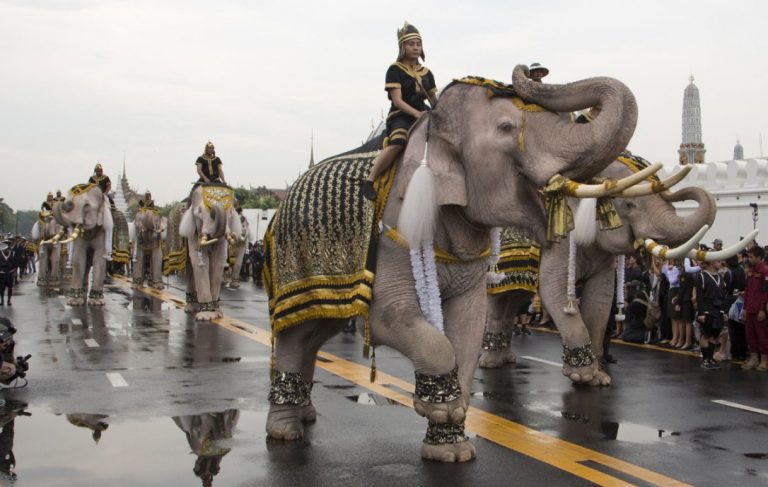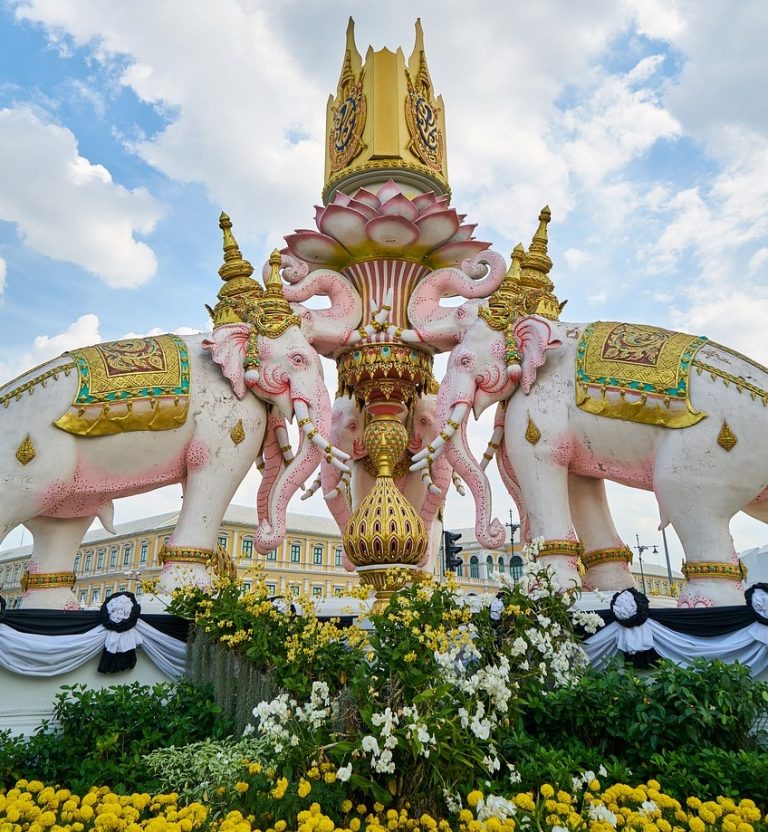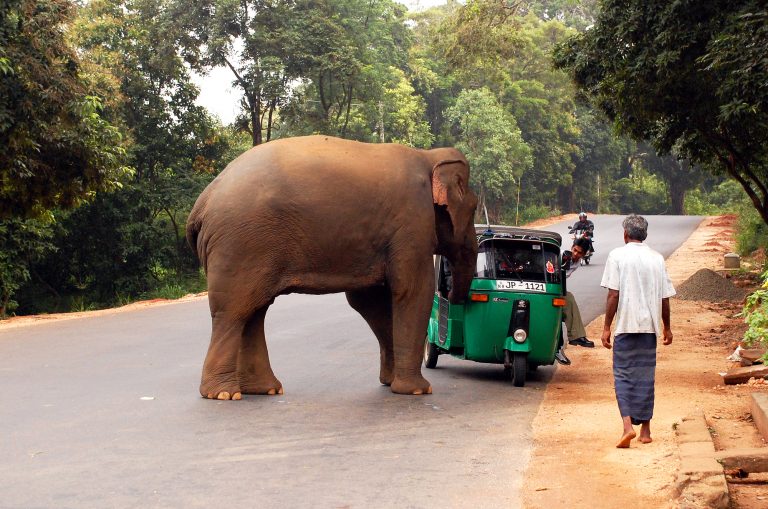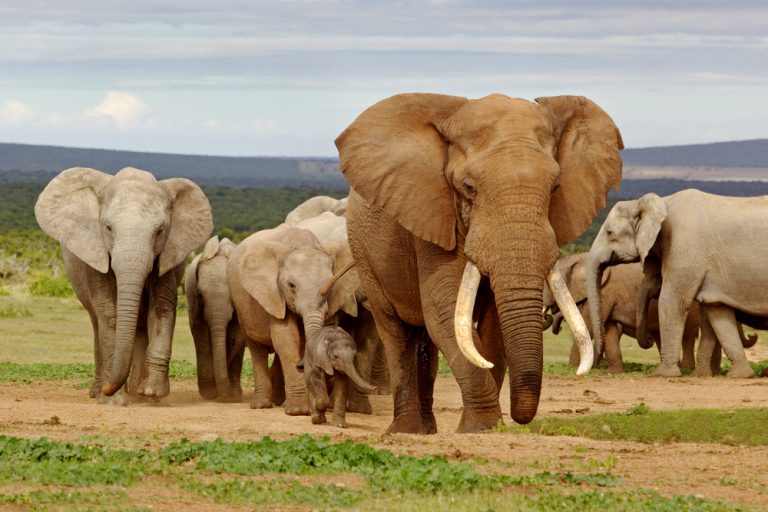Conservation Spotlight: The Amboseli Elephants Of Kenya
The Amboseli Elephants of Kenya are an example of what combined conservation efforts can achieve.
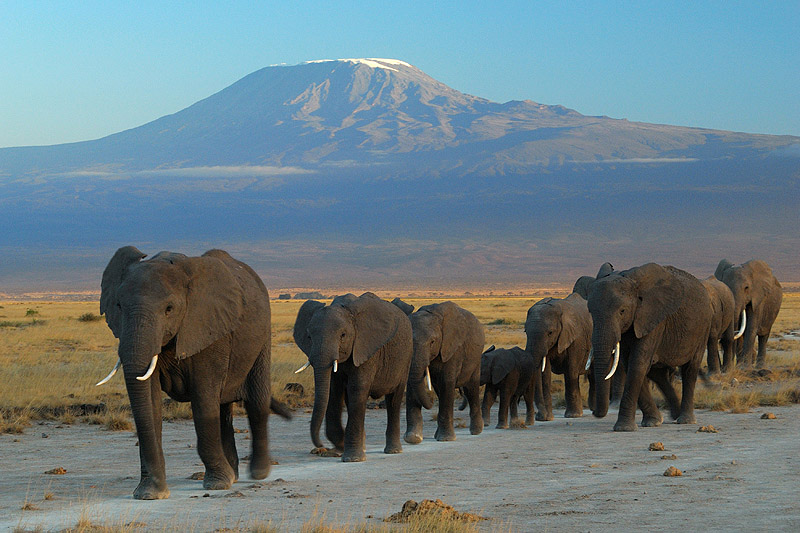
Located on a peaceful site in the south-eastern parts of Kenya, the Amboseli wildlife conservancy draws much of its life from water flowing off the tallest mountain in Africa, Mt. Kilimanjaro. While driving on a safari through the park, you can’t help but notice the occasional herds of elephants grazing peacefully on the plains.
They roam the park freely and that’s the first sign that these creatures are in a friendly environment.
A brief history of the Amboseli Elephants
The Amboseli National Park is just a 4 hours by car from Nairobi, Kenya. The parks spans 392 square kilometers and lies at 1,150 metres above sea level. It’s also home to some 50 mammals species with the elephants being the main attraction.
The Amboseli elephants have called the National Park a safe haven ever since the ban on ivory in international markets in 1989. They survived the mass poaching of the 1980’s and 1990’s though poaching is gradually cropping up again in recent years.
Banning ivory from international markets meant some relief for elephants, though it did not curb the demand for ivory entirely. Underground/black markets still exist.
Amboseli became a UNESCO Man and Biosphere Reserve in 1991. The park is home to two well-known elephants Tim and Echo. The latter, however, died in may 3, 2009. Tim is an ambassador elephant on protecting “big tuskers” from poachers.
The Fight Against Poachers
Research is going on at Amboseli national park aimed at elephant conservation. On a global scale, close to over 30,000 elephants are slaughtered every year.
The elephants at Amboseli are no exception, though poaching is at a minimum. Thanks to NGOs and animal welfare societies that ensure the animals are safe.
Research has been ongoing at Amboseli dating back to 1972.
Ever since then, support from the outside has played a crucial role in ensuring research facilitation aimed at providing excellent protection and efficient management of the elephants in the park.
The Amboseli Trust for Elephants
Established in 1972, the trust, through its Amboseli Elephant Research project, has helped change how elephants are managed in the park. At inception, there was a dwindling population of about 800 elephants in the park. But thanks to the research projects dedicated efforts, the elephant’s population has seen an impressive improvement to 1,600 individuals by 2008.
Elephant Conservation and Ecotourism
Kenya’s economy depends mainly on tourism. In ensuring this is a success, the local community, the Masai, have to be involved in wildlife conservation.
Amboseli National Park is an unrestricted free roaming area with the park’s land only 10 percent of the entire conservancy. The other 90 percent comes from land leased from the local community.
In ensuring the natives peacefully coexist with the elephants, close to 12,000 hectares of land are leased from the local people. This “corridor” serves to create an ample avenue for elephants to roam while compensating the local community for their loss.
Also, the park hires many people from the community. For example at the Tortilois camp (in Amboseli), 60 percent of its permanent staff are sourced from the local community thus ensuring a large chunk of the wildlife dollar goes back to the community.
Cheli and Peacock Community Trust is another organization that supports tourism in Africa. This trust gets a large part of its donations from tourists and then uses those funds to build medical centers, schools, and so on.
Are the Amboseli Elephants safe?
The older generation among the elephants plays a significant role in the success of a herd. Majorly because they know how to create cohesion within their environment, the grazing grounds, predator zones, and migration corridors.
These older mammals have faced threats from poachers as they commonly head for their big tusks. The killing of the older generation leaves behind a younger generation that is socially confused limiting their chances of survival.
The Amboseli elephants might have survived the poaching of the 80’s and 90’s. However, poaching is still on the rise since 2009 threatening the lives of elephants. Besides poaching, the elephant population faced a catastrophic dwindle in the 2008 to 2009 drought which killed over 300 elephants of the 1,600 present at the park.
Some efforts to protect the elephants include:
- Presently, to ensure the elephants are safe, efforts from the local authorities are in place, and monitoring the elephants continues on a routine basis.
- Besides the local government’s and the community’s efforts at conserving wildlife, NGOs do play a significant part as well.The Amboseli Trust for Elephants ensures the welfare of Africa’s gentle giants.
- Furthermore, The Big Life Foundation, formed by wildlife photographer Nick Brandt, supports 350 scouts and rangers who help in ensuring the safety of Amboseli elephants beside compensating the local community for any
- Born Free Foundation, on the other hand, has constructed over 200 chain link fences to create a friendly coexistence between the farmer and the animals.
Because 70 percent of Amboselli wildlife roam freely in uncharted zones, it’s still somewhat easy for poachers to prey on elephants. However, monitoring and enforcement helps to keep poaching at bay.
But the battle continues as Asian demand for ivory still persists. Curbing the demand for ivory remains the best way to create a sustainable environment for elephants to thrive.
The work done at Amboseli can be a message of hope for elephant conservation worldwide.


